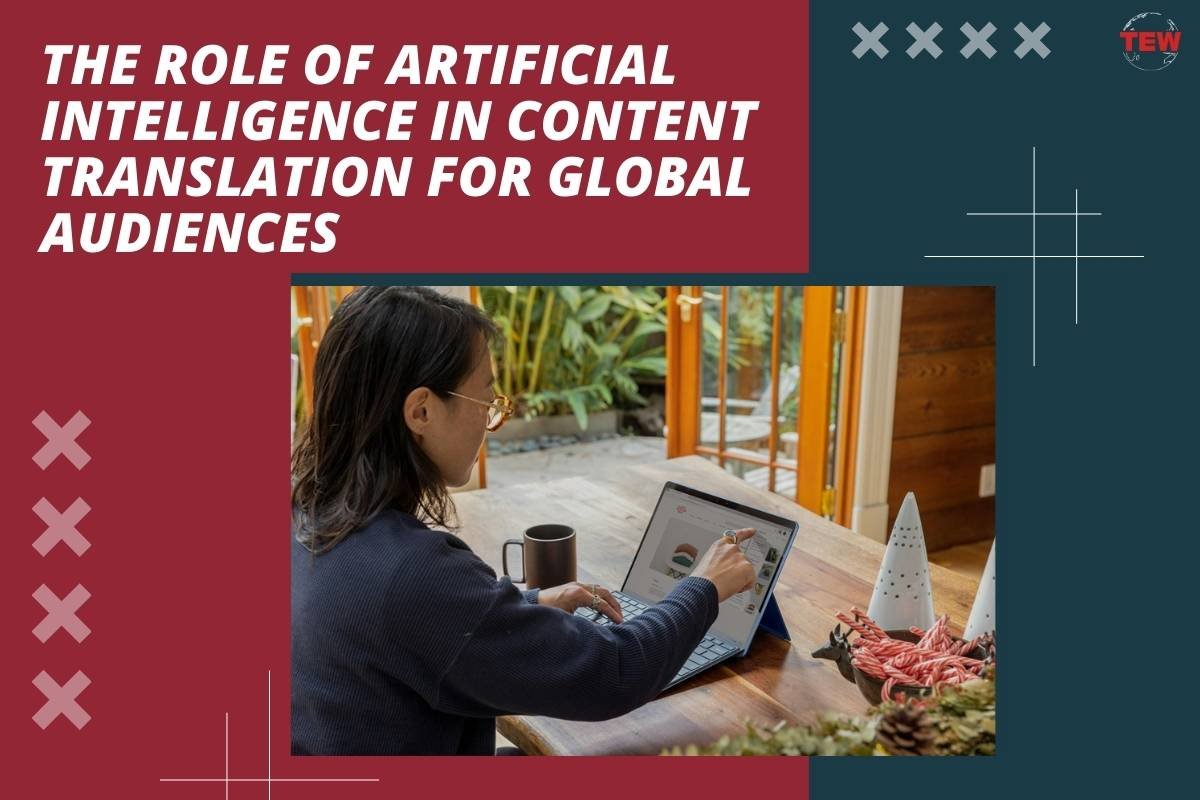Source – Unsplash
As businesses and organizations strive to reach wider audiences, the reliance on artificial intelligence to overcome language barriers is increasing. However, like any groundbreaking technology, AI-powered translation comes with its own set of challenges.
In this article, we explore how AI translation tools can pave the way for effective global communication.
Let’s look at AI content translation for global audiences:
AI Translation Types
AI-powered translation tools have significantly transformed the field of content translation, introducing quick and accurate text translation. This enables businesses and organizations to easily connect with a global audience.
This is a list of AI-powered translation types available today:
- Statistical machine translation models analyze and translate text based on statistical methods. They depend on extensive training data to deliver accurate translations.
- Rule-based machine translation systems apply predefined rules to translate text from one language to another. As the oldest form of machine translation, they offer limited accuracy and fluency but work well for simple, straightforward text.
- Neural machine translation represents the cutting edge in machine translation technology. Using deep learning algorithms, these systems analyze massive datasets to generate translations that are both accurate and natural-sounding.
- Hybrid machine translation merges the capabilities of rule-based, statistical, and neural machine translation, providing translations that surpass the accuracy and fluency of any single system.
Each AI-powered translation tool has unique strengths and weaknesses, with the choice depending on the specific needs and requirements of the project. As technology advances, we can only imagine the power of AI translation tools in the years to come.
Why Should Businesses Use AI Translation Tools?
AI content translation for global audiences offers numerous advantages for businesses and organizations aiming to engage a global audience.

Here are the key benefits of employing AI-powered content translation:
- Greater reach: AI-powered content translation enables businesses and organizations to easily reach a global audience, unlocking new markets and growth opportunities.
- Cost-effectiveness: While traditional translation methods can be costly, AI-powered tools substantially lower the cost of content translation, making it accessible to businesses and organizations of all sizes.
- Improved accuracy: Leveraging advanced algorithms, AI-powered translation tools deliver more accurate and natural-sounding translations, helping to avoid costly errors and miscommunications from poor translations.
- Increased efficiency: AI-powered tools translate large volumes of text swiftly and accurately, saving significant time and resources for businesses and organizations.
- Consistency: These tools ensure consistent translations, maintaining the content’s tone, style, and message across multiple languages.
By harnessing AI, businesses and organizations can translate content more effectively, reaching broader audiences and maximizing their global influence.
Challenges of Using AI Translation Tools
AI content translation for global audiences offers numerous benefits, but it also presents several challenges that require effective solutions.

By acknowledging the limitations of machine translation and employing a mix of tools and strategies, businesses and organizations can navigate the challenges of AI-powered content translation effectively, ensuring accurate and culturally sensitive translations for a global audience.
1. Contextual understanding
Machine translation tools often struggle to grasp the content’s context, leading to translation errors. Employing content-specific tools and training them with relevant data can improve contextual understanding.
2. Accuracy
Despite significant improvements, AI content translation for global audiences still faces accuracy limitations. Combining various translation tools, including human translators, can take accuracy to the next level.
3. Language-specific challenges
Certain languages present unique challenges for machine translation, such as complex grammar or idiomatic expressions. Utilizing language-specific tools and training them on large amounts of data can mitigate these challenges.
4. Cultural nuances
Translating cultural nuances accurately remains a challenge for machine translation tools, potentially causing miscommunications. Collaborating with human translators who understand the cultural context deeply can address this issue.
5. Security and privacy
AI-powered content translation tools risk security and privacy breaches. Implementing tools designed with security in mind, ensuring data encryption, and protecting data are crucial steps to safeguard security and privacy.
Summary
AI content translation for global audiences promises unparalleled opportunities for businesses and organizations to connect with international audiences. However, the journey to seamless translation has its own set of challenges that demand innovative solutions and collaborative efforts.
Overcoming these obstacles requires a nuanced approach, combining the strengths of AI with the irreplaceable insights of human translators. Looking ahead, the continuous improvement of AI technologies and the integration of human expertise will undoubtedly enhance our ability to communicate effectively across linguistic and cultural boundaries.





